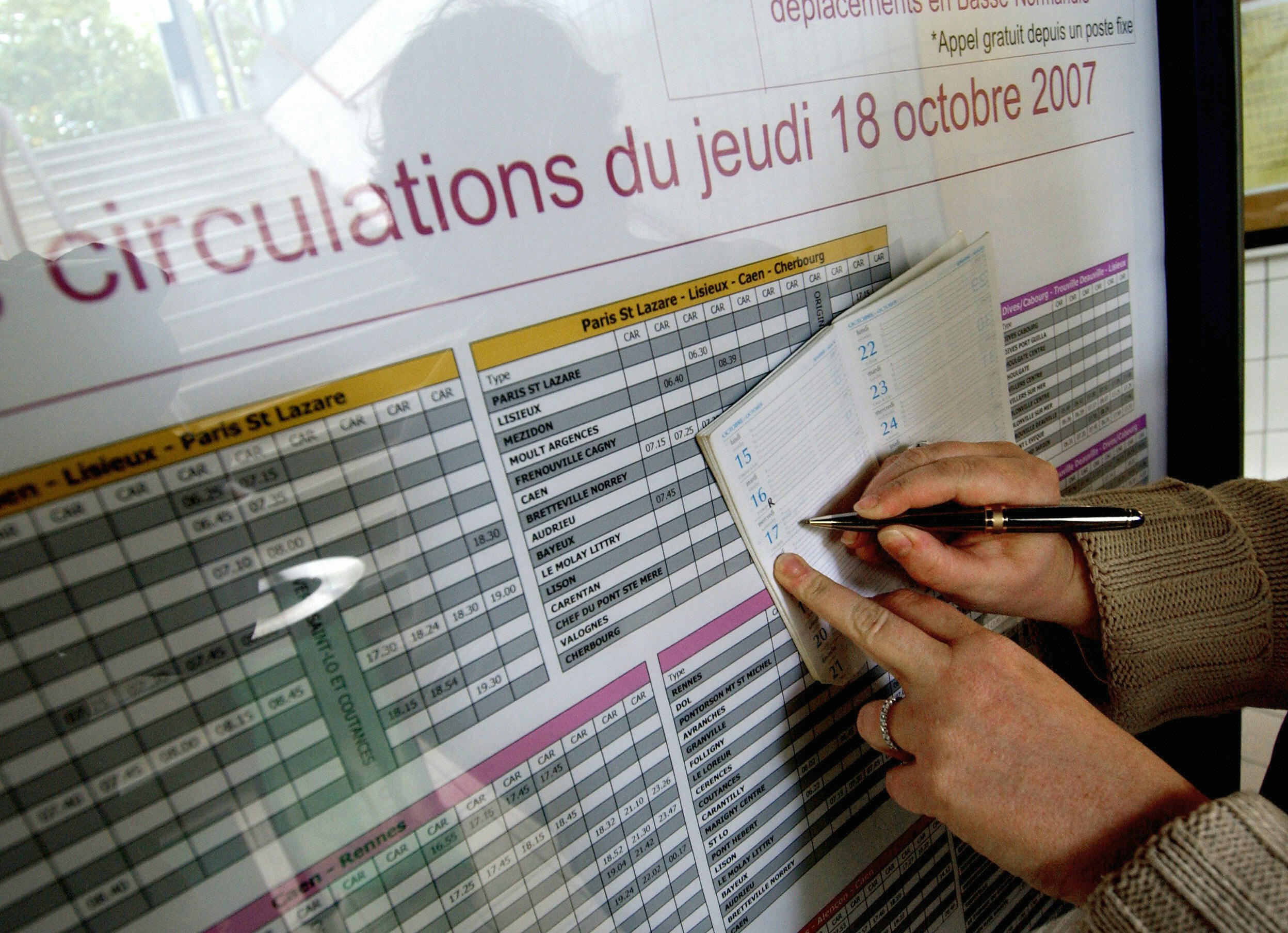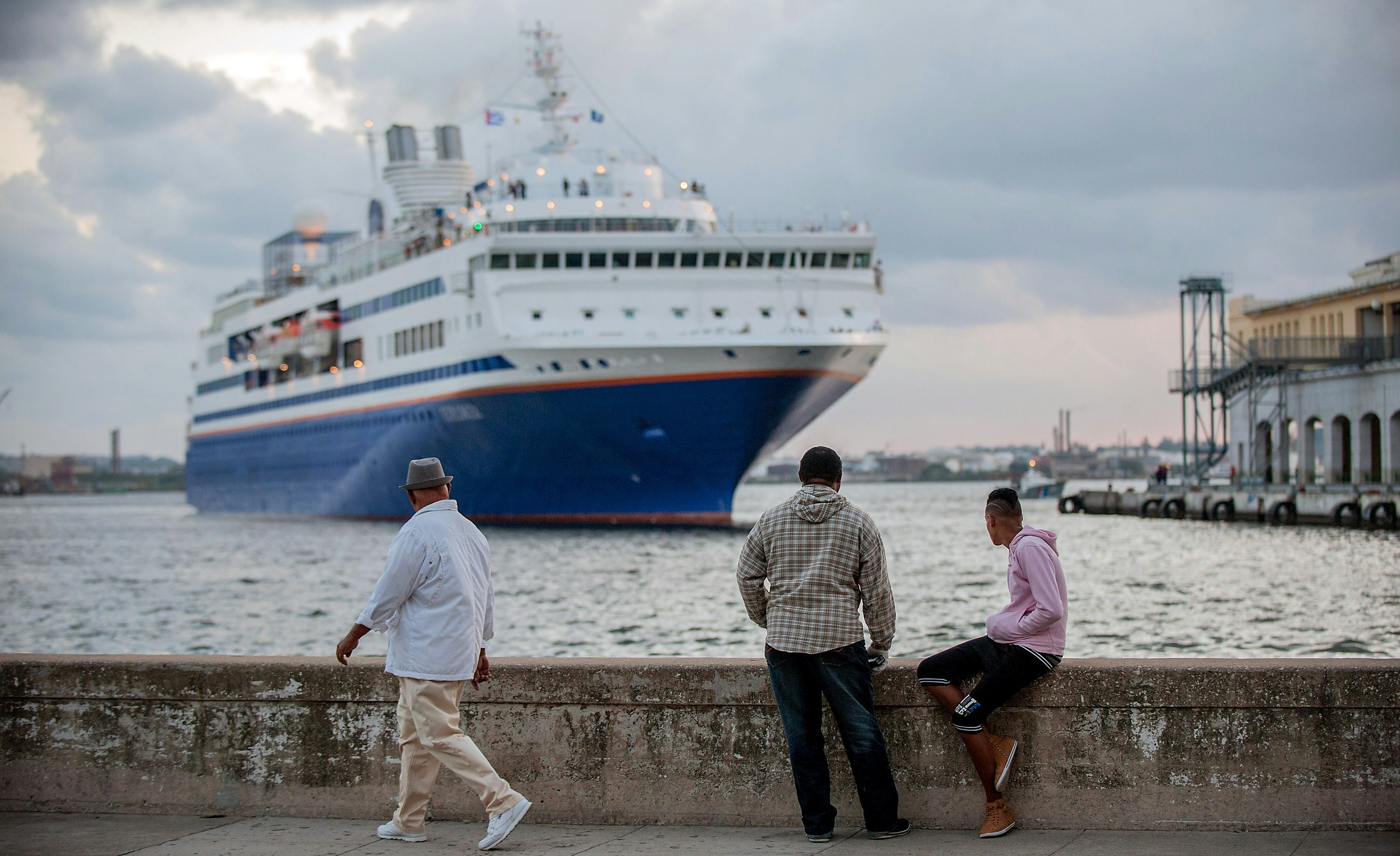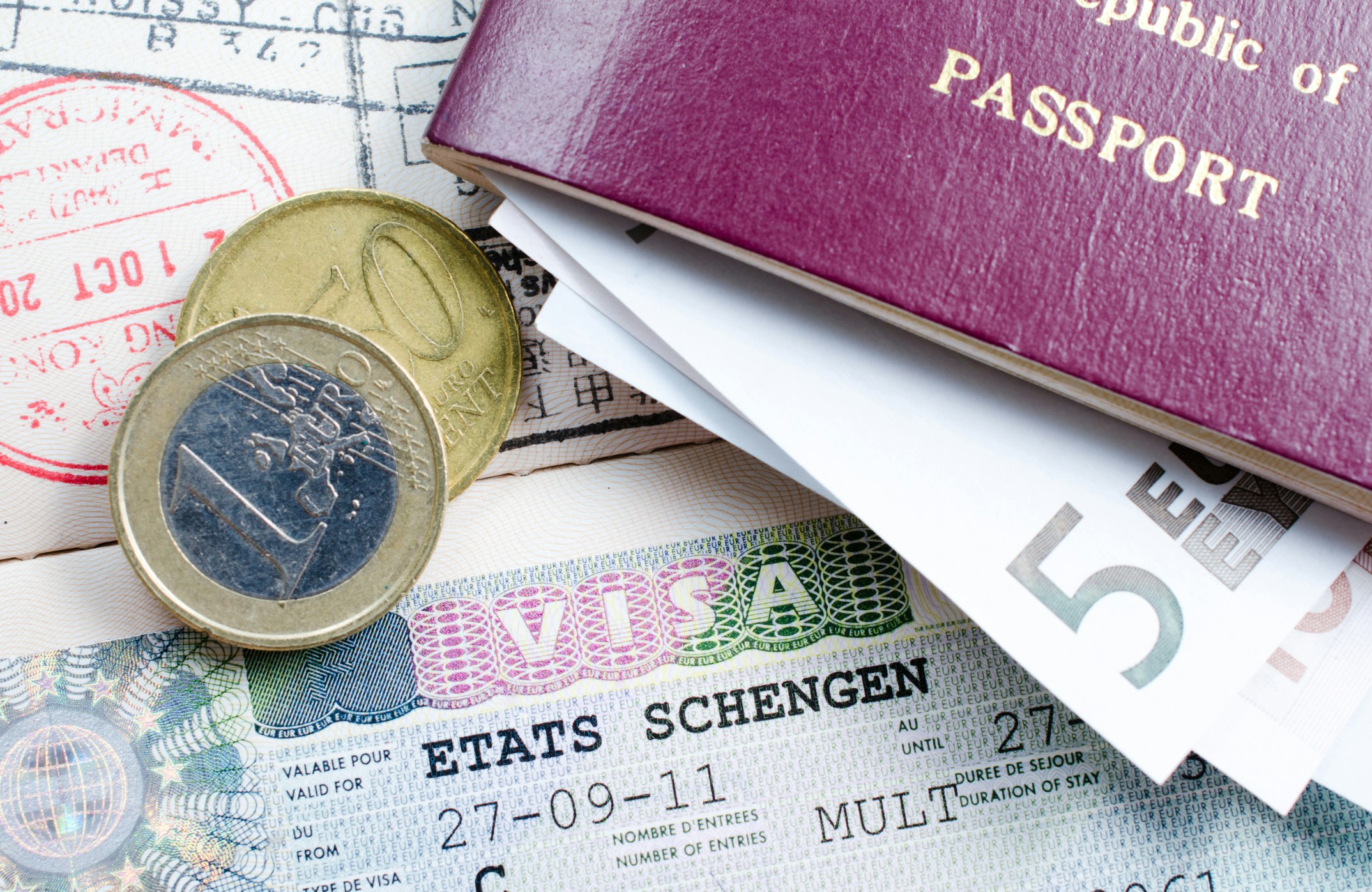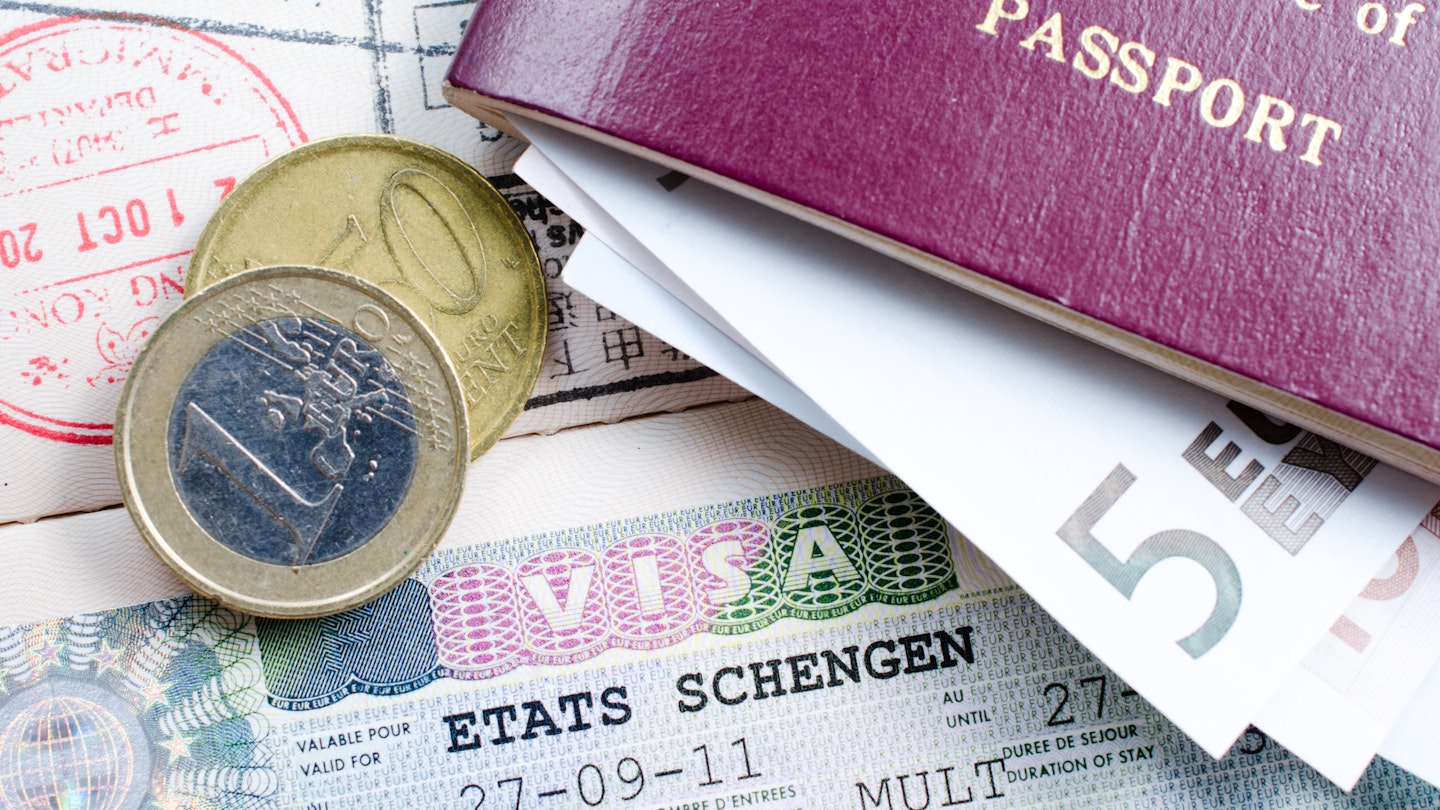In Around the World in 80 Days, Phileas Fogg bets his friends at London’s posh Reform Club that he can circumnavigate the globe in under three months. His fictional expenses were £20,000, and for nearly a century and a half, that number somehow stuck as the price for seeing the world.
Despite the fact that author Jules Verne actually budgeted the equivalent of £2,242,900 in today’s money, some experienced world travelers will still tell you that $20,000USD is the baseline cost for a single person on a year-long around-the-world adventure. While that comes out to just under $55 per day, other globetrotters will insist that you’ll need at least $100 or more per day to travel comfortably.

So how do you figure out what figure is right for you?
My husband and I spent 12 months visiting over 100 countries on all seven continents, and our day-to-day budget covered a huge range of expenditures.
In Southeast Asia, it was easy to travel like royalty for next to nothing. Comfortable hotel stays that included a lavish breakfast for two could be found for around $30 a night. Huge bowls of savory dumplings were just $2 apiece, and centuries-old temples and gardens could be toured for as little as $1 a ticket.
Related: Safari without the big bucks

Eastern Europe was equally affordable, with bed-and-breakfast accommodations for under $30 a night, rental cars with unlimited mileage for just $17 a day, country-to-country bus passes for $19 or less, and a number of ancient castles and cathedrals open to the public for free.
At the other end of the spending spectrum, our daily budget flared to $820 per person for an 11-day expedition to Antarctica. The cruise included three extravagant meals a day, a private cabin with a large ocean-view window and en suite bathroom, and all transportation and excursions. But for $18,000, shouldn’t it be all-inclusive?
There are limitless ways to see the world, from holing up in luxury hotels to surfing couches, so before you can begin crunching numbers, you need to make some decisions. Here are the top questions to ask as you start to create your around-the-world budget.

Are you planning the trip yourself?
My husband loves trip planning. It is arguably his favorite hobby, aside from the travel itself. He will pore over flight schedules, train timetables and bus routes while keeping endless spreadsheets of costs and combinations and codes.
We typically travel in one direction (either moving continually eastward or westward) and book only one-way flights. It keeps us from wasting time and money by retracing our steps, but this kind of detailed planning is not for the faint of heart. It took him a year and a half to plan our around-the-world adventure.
Related: Six smartphone apps for budget travel

Ready-made trips
If a package deal is more your style, then you’ll find plenty of ready-made options. Several cruise lines will sail you to half a dozen countries in a month starting around $7,000, or you can spend half a year at sea and visit three dozen countries or more for upwards of $65,000 per person. We’re talking interior cabins without all the bells and whistles, but all you have to do is show up.
Prefer the air over the sea? You can regularly find cheap flights with long layovers in two or three cities for around $1,500 round trip. For example, one recently multi-airline itinerary on offer featured travel from London to San Francisco, Honolulu, Samoa, Fiji, New Zealand, Sydney, Singapore and Athens before returning to the UK five weeks later, all for $1253 (£950).

How fancy are you feeling?
The level of luxury you expect from your around-the-world experience has a direct effect on your bottom line. Do you imagine yourself in glittering cities like Paris, Rome, Dubai, Singapore, Sydney, Los Angeles and New York? Better bring the big bucks, even for a long weekend. Are countries like Thailand, Cambodia, Morocco, Portugal, Bulgaria, Romania, Colombia and Peru more your style? You could travel for several weeks on the same budget.
Once you’ve narrowed down potential destinations, take a look at places you can visit without paying for a visa. Many countries have reciprocal relationships that allow visitors holding certain passports to enter for free. You can also find regional deals that bundle countries, like the European Schengen Visa or the KAZA UniVisa that offers discounts to travelers visiting both Zambia and Zimbabwe. Don’t forget about required vaccinations for some destinations, too, since they can be pricey and often aren’t covered by regular health insurance.

Destinations definitely makes a difference, but so do your day-to-day choices. Are you willing to take a bus instead of a taxi? Stay at a hostel rather than a hotel? Sip a soda in lieu of champagne? Our travel research includes typical costs for transportation and accommodation, but we also consider how much daily expenses like food and drink will be.
Cost of living calculators like Numbeo give useful benchmarks for things such as taxi fares, groceries and gasoline, and you can see prices in both the local currency and your own currency, which helps you learn the conversion rates, too.
Can you save money along the way?
Establishing a travel budget ahead of time is important, but once you leave home, it’s easy to ignore the numbers and convince yourself that you only live once. That’s why we sneak in some money-saving tactics along the way that help us keep things in balance.

Many travelers like to play it safe by buying bottled water, but all those dollars (and all that plastic) add up. We carry a lightweight, reusable water bottle and an ultraviolet light purifying pen wherever we go, which saved us over $1,000 on our year-long trip and kept our stomachs settled on all seven continents.
We will also go to great lengths to avoid checking bags and paying those extra fees on planes and trains. Traveling with only carry-on luggage shaved nearly $3,000 off our expenses and ensured we never missed a connection while waiting at the baggage carousel.
Related: Under-the-radar budget activities from around the world
The bottom line
There is no one-size-fits-all number for an around-the-world adventure. Your budget on the road is as personal as your budget at home. But you can approach it one of two ways: either begin with the destination in mind and plan accordingly, or start with your budget and see how far it will take you.











